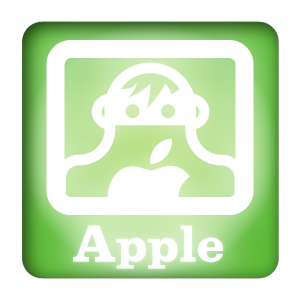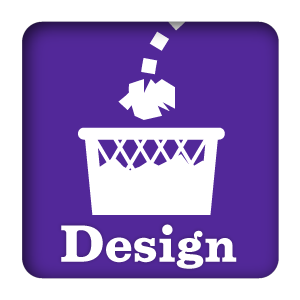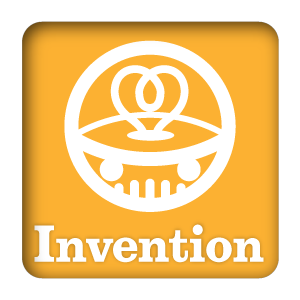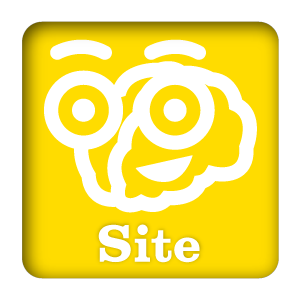As is now traditional with Apple, they announce products twice a year; at WWDC and going into Christmas. Unlike every other WWDC in the past several years, this particular conference has no real expectations beyond Mac & iOS upgrades.
That’s not to say upgraded hardware couldn’t be announced. Apple unfortunately has released so little hardware over the past two years that any product line they make could be upgraded with little surprise. They also have the two long-time specters of Apple TV and wearables out there. So, essentially any hardware could be updated or introduced for this event.
However, no significant hardware will be announced at WWDC 2014. Despite the fact that Apple desperately needs something new to talk about, There is no indication that any hardware is forthcoming. Maybe we’ll get some spec bumps if we’re lucky.
Apple’s most visible products over the past two years has been their TV campaigns, executive hires, acquisitions and stock hijinks. I so want a product I can concentrate and dump all this other junk. Ship something for God’s sake!
Well, aren’t you the little pessimist.
Even though we’ve seen some case specs for a new iPhone, it’s too early in the usual ramp-up for there to be a new handset released at WWDC and Apple isn’t in the habit of pre-announcing their fall iPhone models. Maybe, just maybe, that flat case we’ve been seeing is the control for an Apple TV. Wouldn’t that be nice?
Also distressing is the consistently rumored feature set of iOS 8, which appears to be lacking on new stuff, quite possibly delaying some features to an 8.1 or 9 release. Given the lack of features in iOS 7, it’s hard to feel enthusiastic about another non-essential upgrade. The hope is that iOS 8 will address many of the UI issues that still remain.
On wearables, we may see a blueprint of how they’ll fit into iOS 8, but any actual hardware is at least four months away at the very minimum. They may detail a protocol for how these sort of products can work with their devices, and then say that they will have new products in the fall that will do “health stuff” but not get particular. A similar set of protocols for controlling other electronics is also a possibility.
Apple certainly wants consumers using the iPhone and iPad as an interface for all sorts of consumer electronics purposes: home security, appliance control, identification features, POS payment, car audio, car security, scientific equipment, medical equipment, and of course, wearable health devices. Providing some sort of standardized control & input interface is likely on someone’s drawing board at Apple, and there’s no better time than the present to get it rolling.
For lazy journalists, you can call this “iBeacon on steroids.”
Think of the phone/tablet as a massive interface. It’s virtually 95% interface by volume already, and hooking it into other devices that can’t get a touchscreen or can’t justify something that large or complicated, is an area ripe for growth, and a further selling point for Apple’s devices. If you bought a car or a house with an iPhone-ready security system, that would make an Apple device a near automatic purchase.
For me, the interesting part will be if Apple has any accompanying hardware. Just pushing out a new spec for a communication protocol is a recipe for malaise. To kick start such an effort, actually making a product or two that use a new control interface protocol would be the best tactic.
And now your regularly scheduled updates
As for the (Mac) OS X update, I expect this to be the grisliest one in years. The “unification” of OS X and iOS may not be a real thing, but there is little doubt that Apple is focusing on the things they believe make iOS popular. They also seem to be concentrating on the laptop more and more, and seem to want the MacBook air to behave as much like an iPad as possible.
Here’s kind of a worst-case scenario. Full-screen apps will become the default behavior. The Finder, Dock & Desktop will essentially disappear unless specifically activated. Folders will be created by dropping files on top of one another. Icons will be limited to a strict grid system. The user file system will be simplified even further, so “All My Files” becomes the default behavior. Notifications and the control panel will live on panels that swish in from the sides or top. There might even be “active desktop” screen, in the spirit of Windows 8.
With a lot of changes, it’s going to be a headache. Apple’s usual Modus Operandi in these situations is to overshoot the target a bit, and take everything a little bit too far. Then, they backtrack a little on the next update. Maybe they’ll be kind and offer a public beta before they drop the hammer, but with such intense focus on the mobile side, that may be more trouble than it’s worth.
I am honestly dreading this update. I’m looking to it with all the enthusiasm I have for catching a summer cold. I can only see a thousand ways to ruin the OS X interface with good intentions, and very few ways to truly improve it.
An i for an i
Apple can make it up by issuing an upgrade to the iWork suite. The last upgrade was effectively a serious downgrade for reasons which remain shrouded in mystery. The iWork 2013 suite offered fewer features and was harder to use at the same time. I’m still waiting for any explanation as to why they did this, and it flies against everything Apple is usually so good at. This year, adding some functionality back in, while making the interface a little more usable, would go a long way towards making users (me) happy with these programs once again.
iLife for Mac is almost a lock for updates, as the new look OS X will likely require at least a visual update to the suite. I assume they’ll add a few new tricks while they’re flatifying the UI.
The think n’ do page
The hardware Apple should introduce right now would be a $799 portable and a $499 desktop and/or $999 iMac. The market has settled on new prices for computers, and Apple’s offerings are a little out of step. Apple will always be at the high end of any pricing spectrum that includes HP, Acer and ASUS, but the market’s expectations have changed a lot over the past three years, and things now have leveled off.
The $899 MacBook Air is too far away from the average budget laptop, especially in education. Apple doesn’t need to make junk, but they do need to be realistic in terms of what the market is willing to spend. The current price target for a top-rated budget laptop is about 600 dollars.
The field is also starting to gap the Mac desktops, and Apple has a couple of choices. They can come up with a cheaper monitor option and match that with a cheaper Mac mini, making an attractive bundled desktop, or find a way to knock down the $1299 iMac to a $999 price.
Apple is also in the position of having to stoke Mac sales a little bit, with the desktop market seriously contracting, and keeping people interested in Macs involves not only having a great OS and hardware, but also an attractive price. Developers, too, might wander from the Mac unless they see a concerted effort to get Macs into more people’s hands with aggressive pricing.
This would be a good time for a killer new consumer Mac.
Pray… For… Mojo…
Well, the lights are going up in a few hours on what appears to be a dull, lackluster WWDC for actual product. Lets make me regret this doom and gloom and do something cool, huh?










